Fans have been waiting 17 years for a sequel to Dragon Ball Z: Budokai Tenkaichi 3, a PS2 and Wii-era arena fighter that celebrated the beloved anime with a story mode that retold all of its biggest moments, a massive roster full of iconic characters and deep cuts alike, and spectacle-fueled showdowns that leaned into the series’ hyper-violent pomp and pageantry. Dragon Ball: Sparking Zero looks, sounds, and feels like Budokai Tenkaichi 4 in all but name, and despite some small caveats and concerns, it seems well on its way to being the next-gen revival that diehard fans have been desperate for.
Pre-order Dragon Ball: Sparking Zero: Amazon | Best Buy | GameStop
I got chills when publisher Bandai Namco started a recent presentation for the game at Summer Game Fest with a sizzle reel of in-game fight moments set to “Rock the Dragon,” the metal intro song for the Funimation dub of Dragon Ball Z that’s been ingrained in millions of millennials’ heads since the first time they heard it. I still remember the exact day when I watched my first episode. My parents were furiously cleaning the house for a summer barbeque with friends and family.
Flipping through our eight broadcast channels, I was stunned to see a cartoon on one of them during a time usually reserved for Sunday morning political talk shows. In the span of 30 minutes, a guy named Raditz with cool armor and a mane of jet-black hair revealed that Goku was actually his brother and they were aliens from another planet, beat the shit out of him by kicking him into the side of Master Roshi’s house, and then abducted his son. It was Game of Thrones for cartoons and it hit my 9-year-old brain like a special beam cannon.
I know you are here to find out what I thought of Dragon Ball: Sparking Zero and how it plays, but this brief detour down memory lane is crucial for trying to convey exactly why Dragon Ball Z: Budokai Tenkaichi 3 remains so important to so many people. Just like the anime it’s based on, itself adapted from the late Akira Toriyama’s long-running manga, Budokai Tenkaichi 3 captured fans imaginations with its unflinching embrace of everything that made Dragon Ball Z cool, violent, and silly as hell. While there have been tons of video game adaptations, especially in the fighting genre, none manifested moments of pure fandom-addled exhilaration the way Budokai Tenkaichi 3 did.
Which is why it’s so important that Budokai Tenkaichi 4, officially titled Dragon Ball: Sparking Zero, manages to do the same, and why I’m relieved to say that, based on my brief time with the upcoming PlayStation 5, Xbox Series X/S, and PC game, it seems like developer Spike Chunsoft has pulled off the previously unthinkable. Made in Unreal Engine 5 and out October 11, Dragon Ball: Sparking Zero covers the necessities—meaty story mode (with a first-person camera mode during cutscenes), massive roster, beautiful, heart-stopping fights—and also hits plenty of other important notes. For example, “what if” returns to story mode, letting players diverge from canon to explore alternate fights. Edit mode, meanwhile, is a completely new addition that lets players craft their own custom battles, tweaking difficulty, battle settings, and other unique modifiers, and then share them online for friends and strangers to try.
My hands-on time with the game only included versus mode. While it was restricted to teams of three against AI opponents, five-character squads will be there for the finished version, Bandai Namco confirmed. Getting back on the sticks felt wonky at first, which wasn’t surprising since Budokai Tenkaichi has long been one of the more confusing and obtuse control schemes in all of fighting games (unless you were a freak like me and played with motion controls on Wii). Omnidirectional movement on the battlefield, paired with long lists of combos, specials, follow-ups, and unique abilities, has often been both the rush of playing Budokai Tenkaichi and its Achilles’ heel.
I’m happy to say that this time around there are two control schemes—classic and standard—which attempt to address some of the barrier to entry. While longtime fans will feel at home with classic, the standard control scheme tries to streamline things with actions mapped to single buttons that you swap between based on whether you’re holding down one of the triggers or not. I’ll need a lot more time with the complete game to figure out the pros and cons of each, but in my short time with the demo I quickly got comfortable with both.
More importantly, homing felt crisp and accurate. This is the game’s way of pulling you toward your opponent when rapidly flying around the battlefield, and while in games past it has often been wonky, with players rushing past one another or getting stuck punching and kicking below or above them, I found limited issues this time around with Sparking Zero. Targeting for other attacks also felt like they hit a good balance of requiring you to plan and predict opponents’ movements while also giving you a helping hand to get attacks on target.
My only real disappointments coming out of the demo were two-fold. The first had to do with environmental destructions, a huge part of the previous games where the battlefield gets ripped to shreds as fights play out. While almost everything is bigger and prettier than before, crumbling mountains and falling bridges in cities didn’t look quite as good. They occasionally seemed to lack the full suite of visual effects, including dust clouds and other debris, to make them feel authentic and tactile. Hopefully that’s something that comes together more in the finished game.
The bigger issue, however, is split-screen multiplayer. Anyone who has ever played previous Budokai Tenkaichi games has tons of memories of nearly ending friendships over intense fights full of dramatic moments and accusations of cheap shots or sloppy game bugs. Fans were previously worried that Sparking Zero might not include any local multiplayer since it wasn’t initially listed on the game’s store pages. Bandai Namco confirmed during the presentation that while the game was originally designed strictly with online multiplayer in mind, local split-screen was later added.
Unfortunately, producer Jun Furutani told Gamesradar that mode is only available on a single stage: the Hyperbolic Timechamber. It’s a map that features limited environmental effects, destructibility, and transformations—all of the things that help make great Budokai Tenkaichi fights so iconic. It’s unclear whether that restriction is in place because the game is also on Xbox Series S, a console that has faced split-screen issues in other games as well, or because in 2024 it’s just not a priority considering all of the other things teams can pour resources into during development. Super Sparking is the kind of game that fans will be taking off work for and having their friends over to play the day it comes out, so the restrictions are frustrating.
Still, everything else I saw from Sparking Zero made me hopeful the finished game will otherwise be the return to explosive Super Saiyan arena showdowns players have long wanted and that the anime deserves. There’s still plenty that could go wrong—fan-favorites left off the final roster, a story mode that doesn’t run as deep in order to cover more ground with Dragon Ball Super, netcode that makes online multiplayer a headache—but for now, Sparking Zero’s first foot forward was a solid one and I can’t wait to see more.
Pre-order Dragon Ball: Sparking Zero: Amazon | Best Buy | GameStop
.


